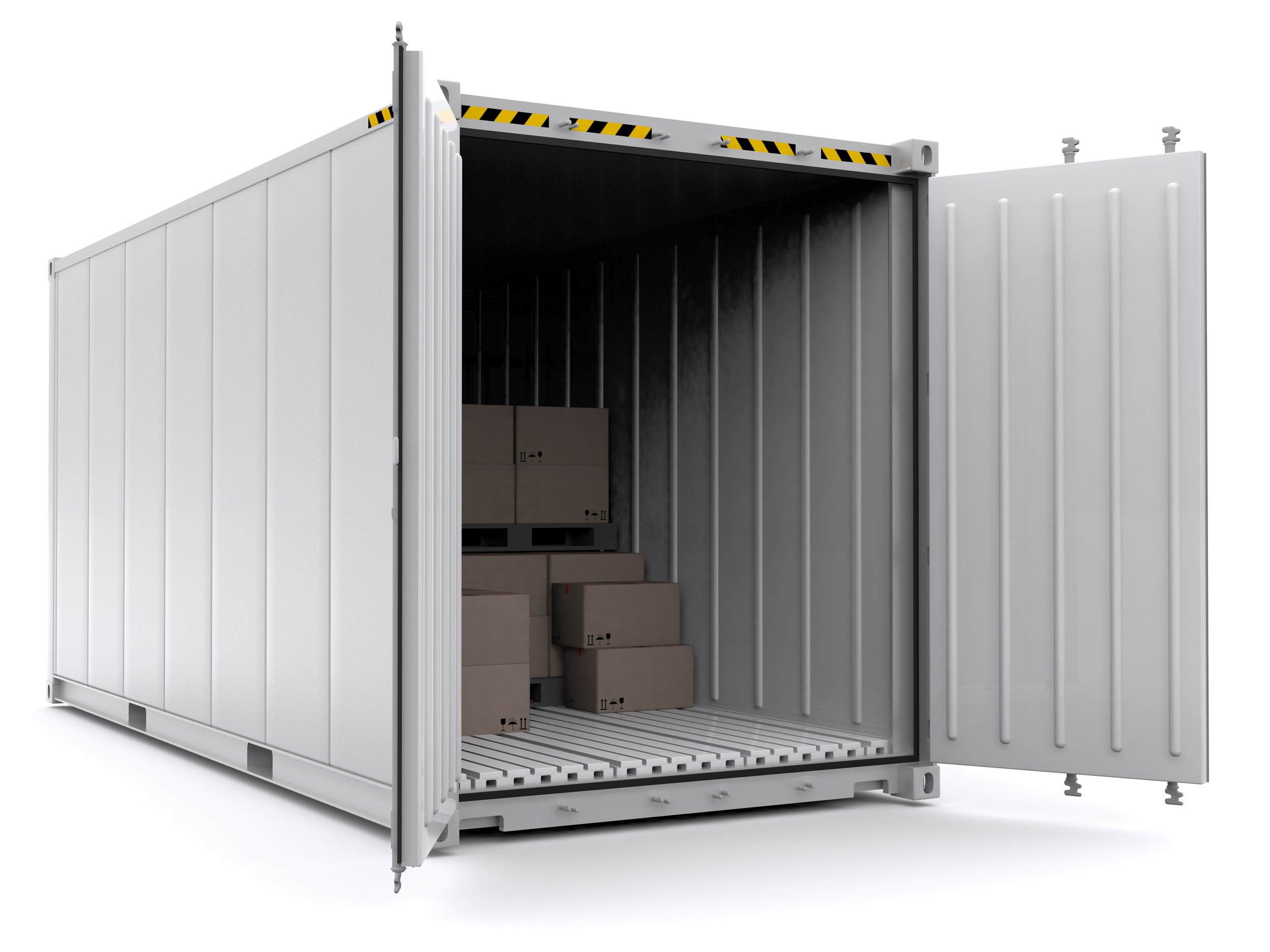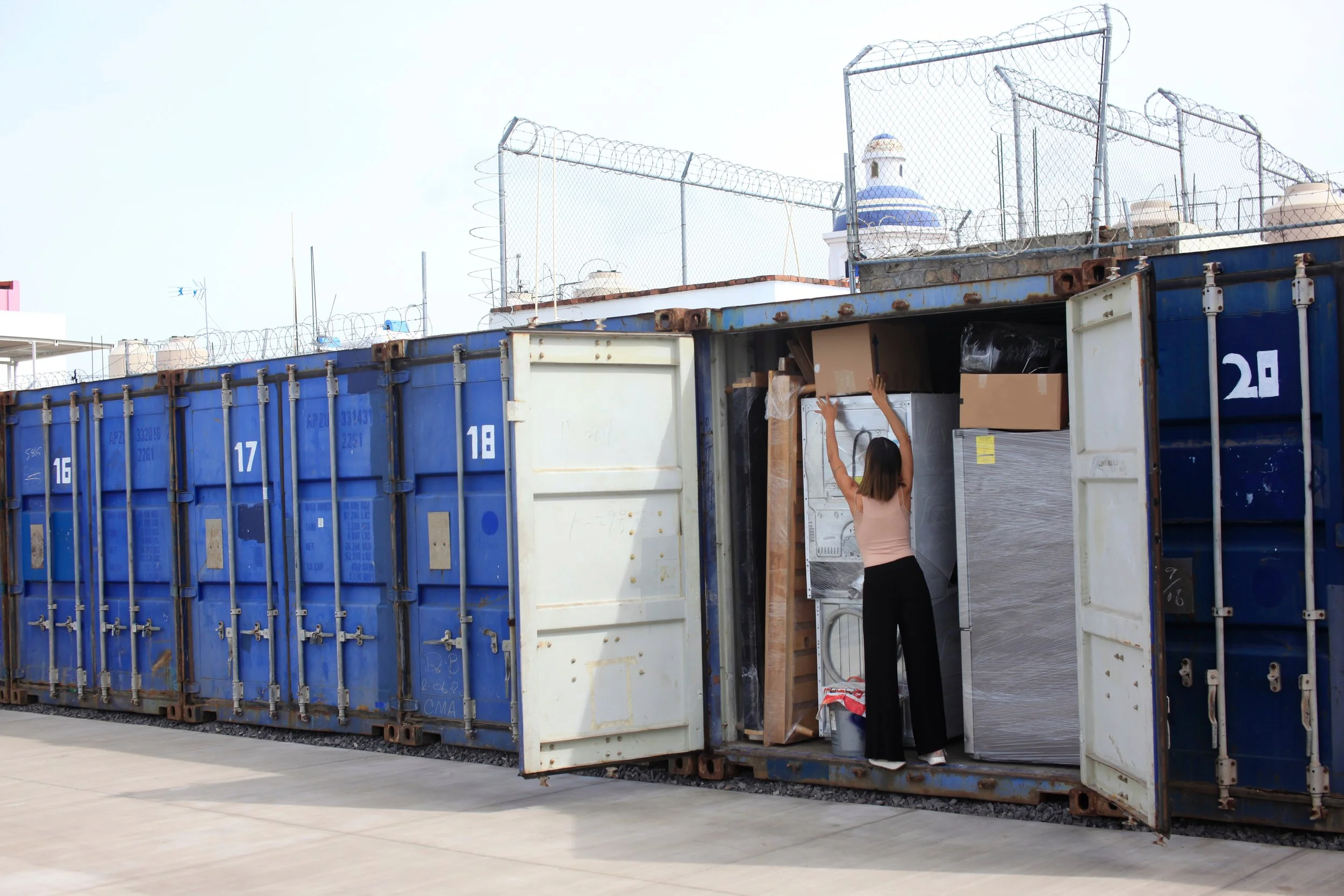How To Prepare A Shipping Container For Your Move
Planning a relocation using a shipping container is one of the most cost-effective and flexible methods of transporting your things to your new destination. That said, you can only reap the benefits of cargo delivery with proper preparation and packing prior to the move. This entails the correct and organized method of preparing the shipping container to be used. This also requires strategies to help you utilize the space and ensure the transit stage goes as smoothly as possible and that all your items arrive in one piece.
On that note, here’s how to prepare a shipping container for your move.
1. Start Planning With A Checklist
Using a checklist is the key to seamlessly preparing your shipping container and staying organized throughout your moving process. This list should include a schedule of tasks to complete at each stage of preparation and important information about your shipping items. These can be the number of items you’re moving, how much space you need, the weight of each item, and the loading order and methods of heavy objects.
Doing this allows you to determine the resources you’ll need to prepare and hire a shipping container that’s large enough to fit your possessions. The 20ft containers can hold moving boxes of about a three-bedroom home, for instance. Furthermore, you’ll be able to manage the costs early on and set a budget for your move as well, then choose a suitable date to have your container transported.
2. Gather Your Shipping Supplies
Once your checklist has a detailed breakdown of your moving plan, you can start gathering your shipping supplies. These are the tools necessary to protect your contents from damage and the elements during storage and transit. They also make it easier to use the container space you have sufficiently.
Most small to medium-sized cargo, such as books, clothing, and countertop appliances, can be packed into corrugated cardboard boxes. Larger items like your furniture, fridge, mattresses, and tables will need to be covered in plastic wrap and sheeting to keep them safe.
Other supplies, including bubble wraps and moving blankets for fragile items like glassware and dishes, should also be prepared. To handle big objects with ease, you can hire a dolly, loading straps, and furniture pads.
3. Prepare the Loading Area
When your shipping container arrives, it’s essential to prepare your loading area. This will make it easier to transfer your cargo from your home inside the container and protect it from exterior damage and ensure it won’t block off access to public areas in your neighborhood.
The container should be stored facing your garage or placed before your front door or lawn. Therefore, you can clear the area of any obstructions and remove any vehicles for more space. If the container is placed on uneven ground, you can support its balance by propping it up with a few bricks.
4. Load Your Belongings The Right Way
Proper container loading is vital to safe transportation and a seamless process. Most moving experts recommend evenly distributing the weight of your cargo to avoid the transport truck tipping or being heavier on one side. This is especially important to consider for long-distance moving. This means furniture and big appliances can be placed towards the back, center, and against the sides at the front of your container. Use the dolly and loading straps to keep these objects secure as you stack them inside.
Then, you can group the rest of your items into similar items and pack them with priority access in mind. This way, you can use necessity items loaded in the front immediately when you arrive at your new home. Optimize the space by stacking from the floor upwards and tightly filling gaps to prevent shifting and falling during transit.
5. Do A Final Check
Finally, when there’s no more room in your container, go through your checklist to ensure all your inventory is loaded and safely stacked. Then close the shipping container doors and secure them with a robust padlock or combination lock. These locks are also used by storage units since they’re the most resistant to bolt cutters and protect your belongings.
For extra security, you can have your container housed at a storage facility until moving day. You can conduct one final checkup with the driver before takeoff.
Conclusion
Preparing a shipping container for your move involves early planning and space optimization. This includes using the right materials to pack your items and reduce the chances of damage, placing the container in an easy-access area, and compactly filling as much space as possible.
All of this can be done by using a checklist of your inventory to plan the process at every stage. Thus, when your move day arrives, you can be confident that your container is ready for transport.












